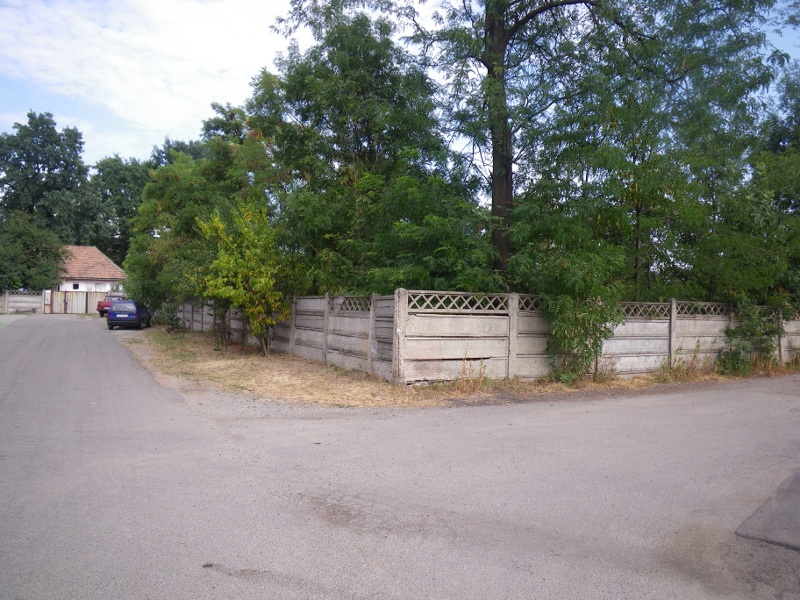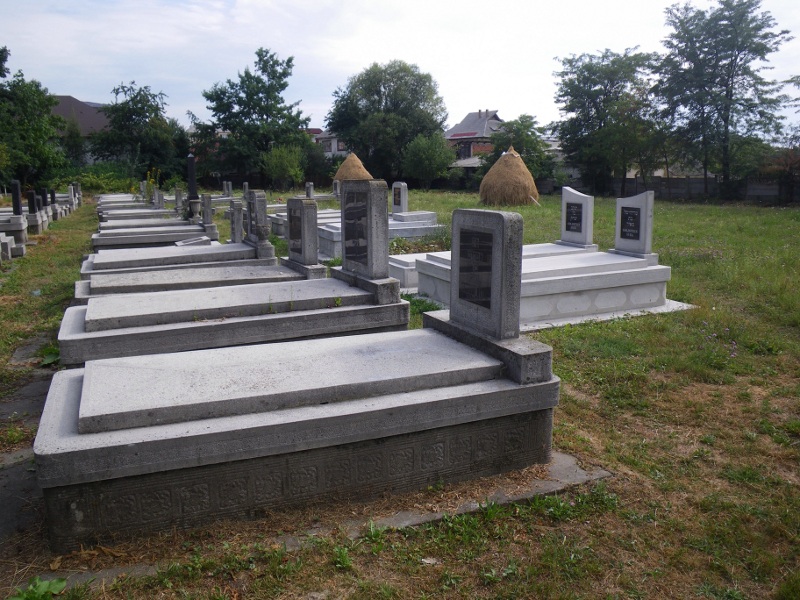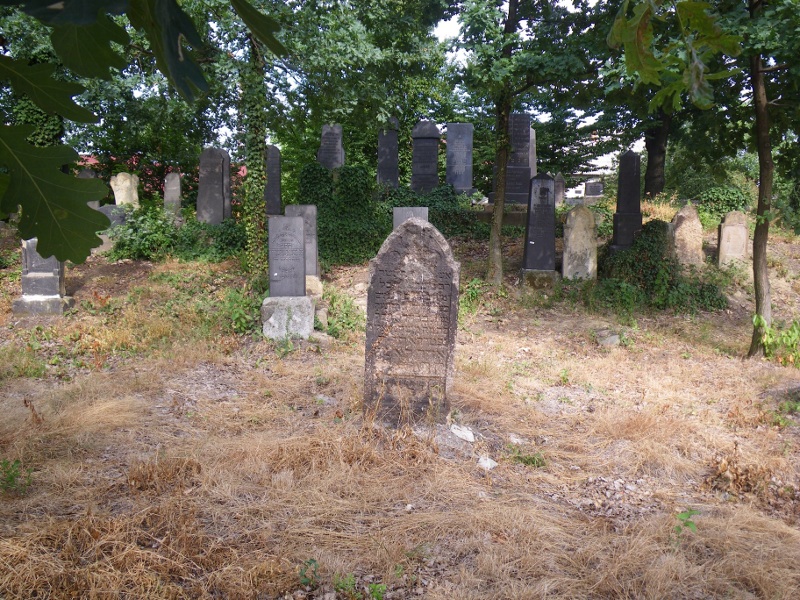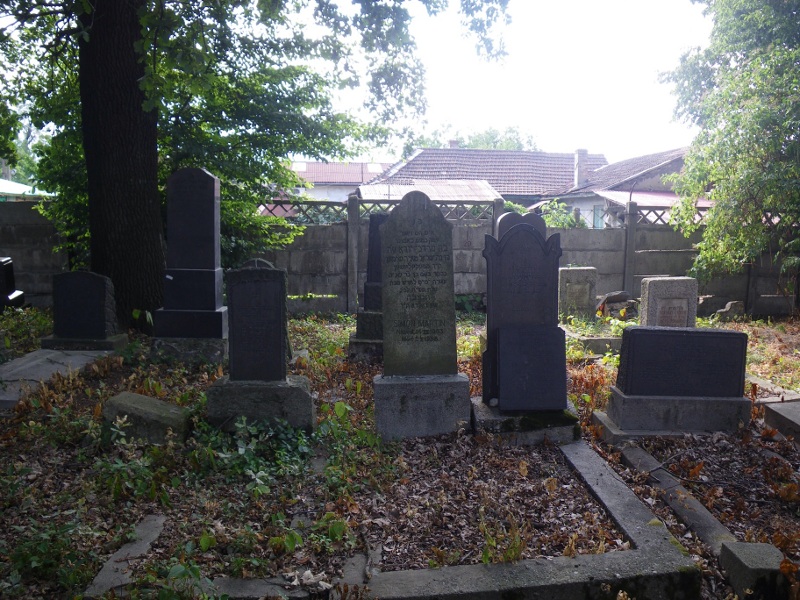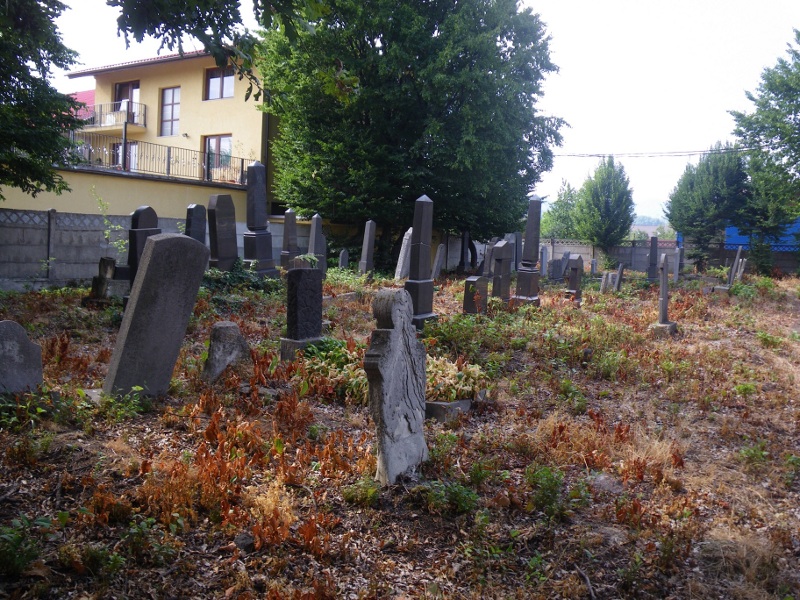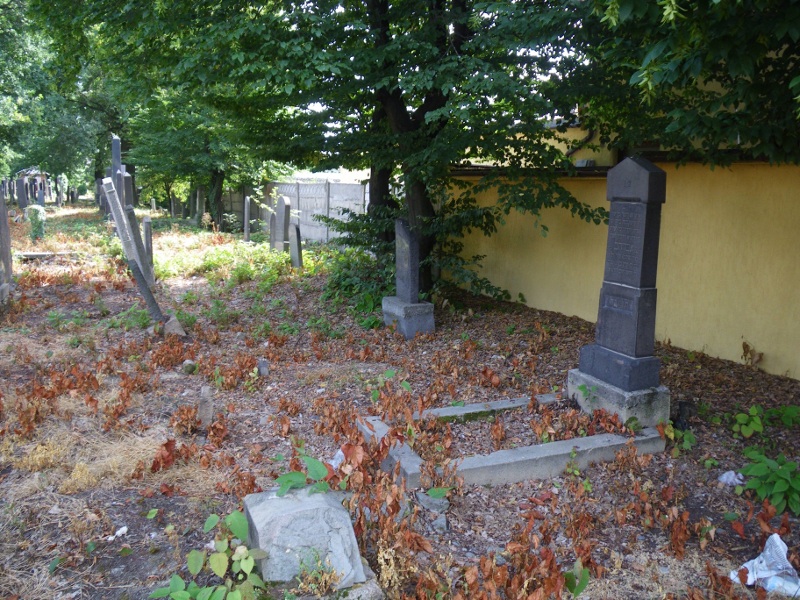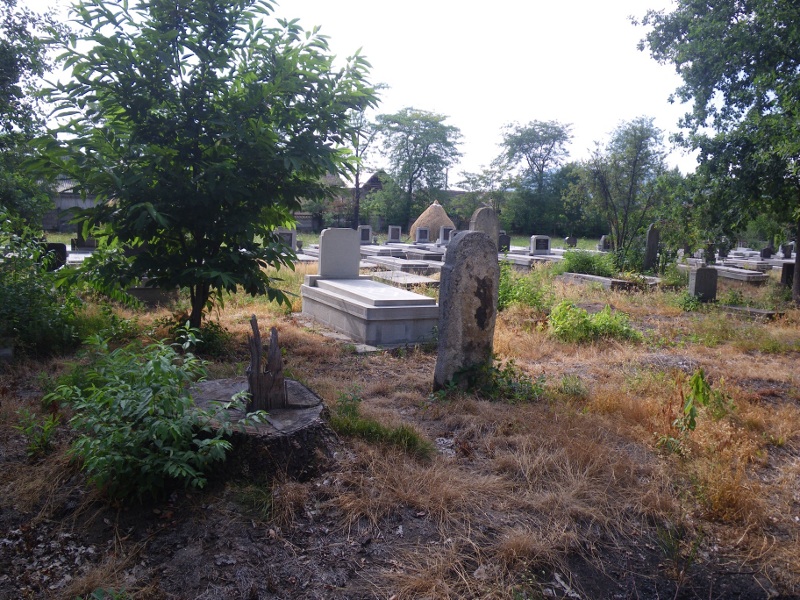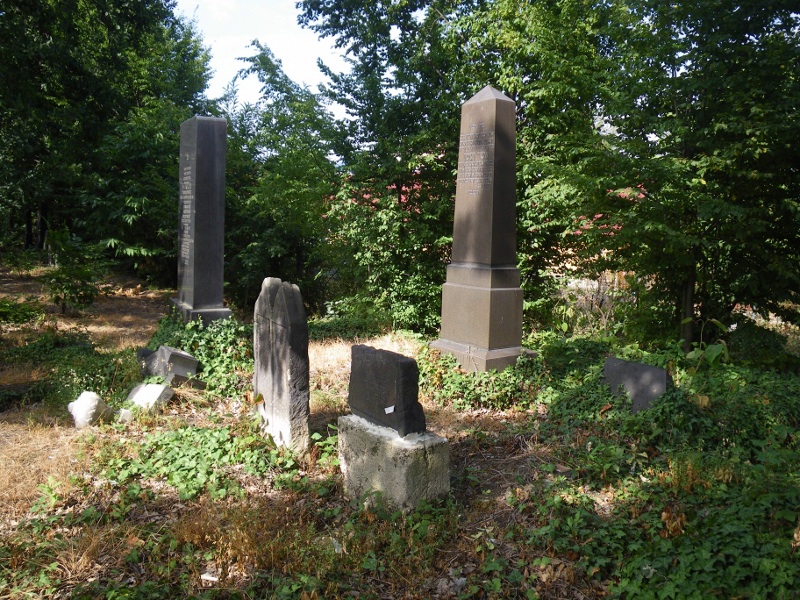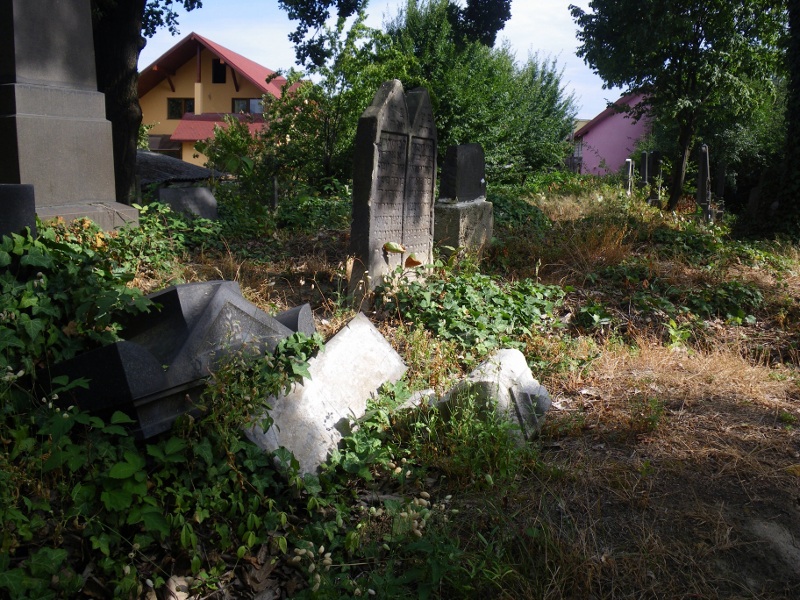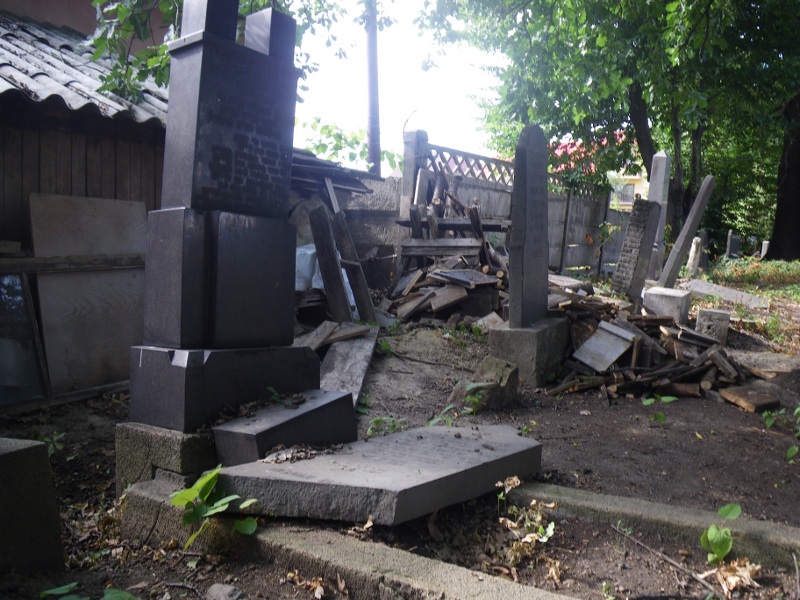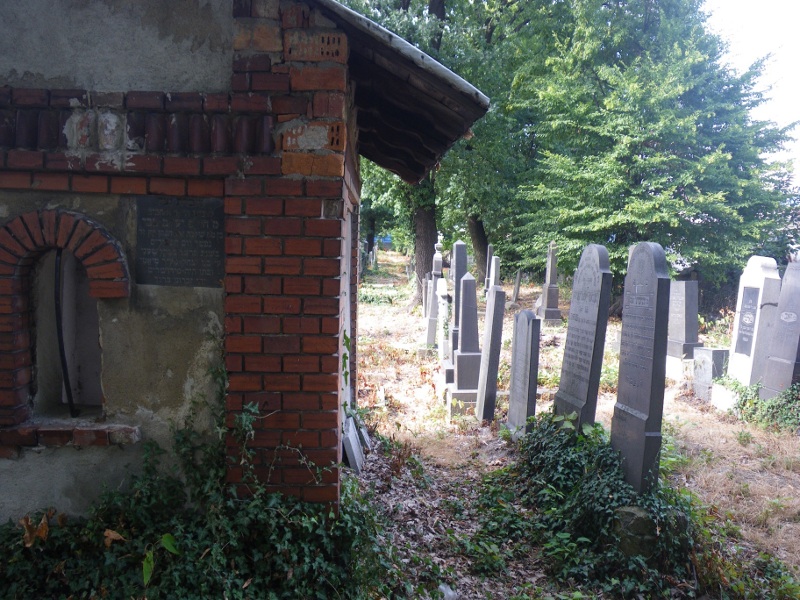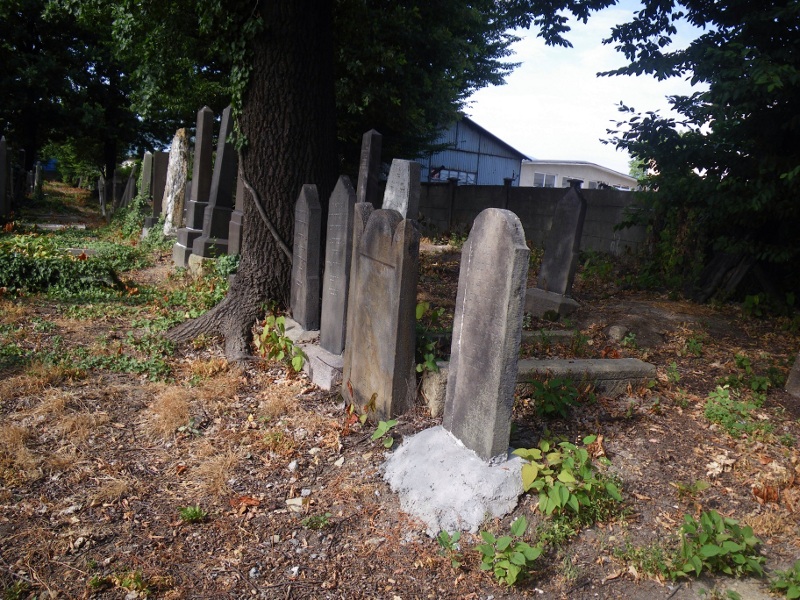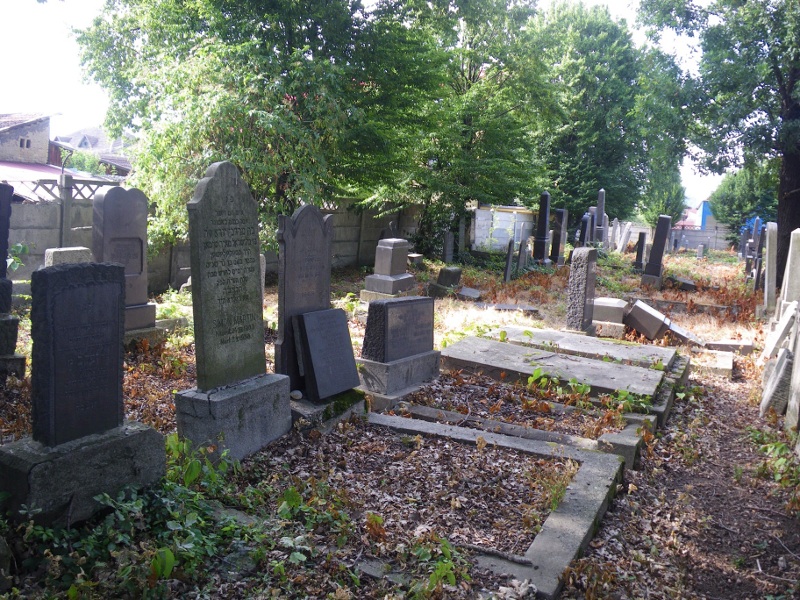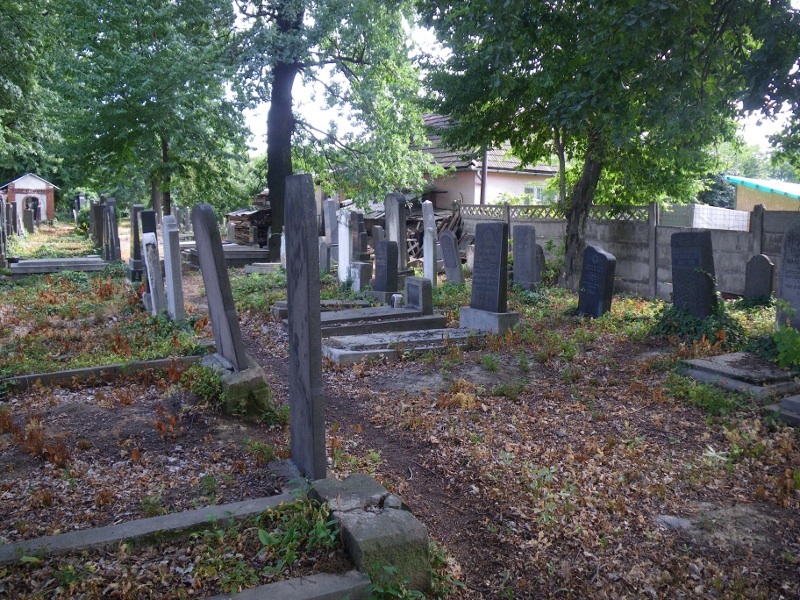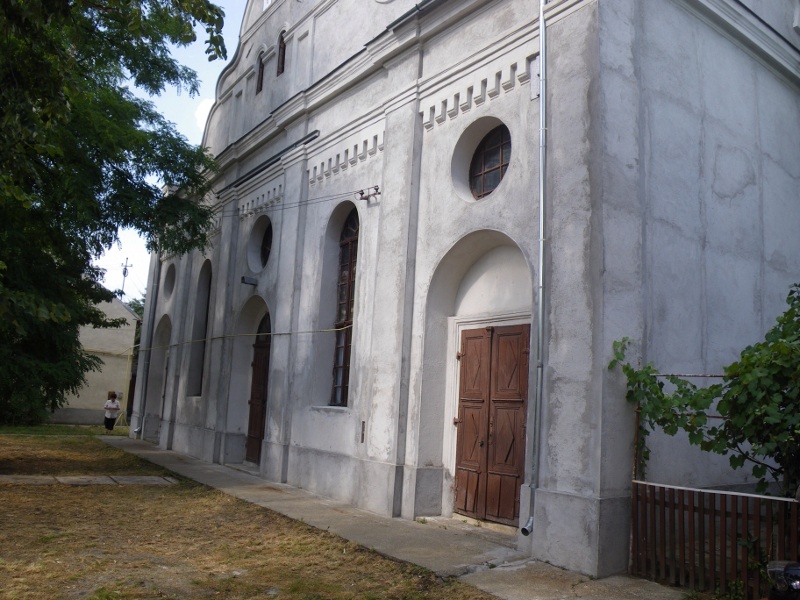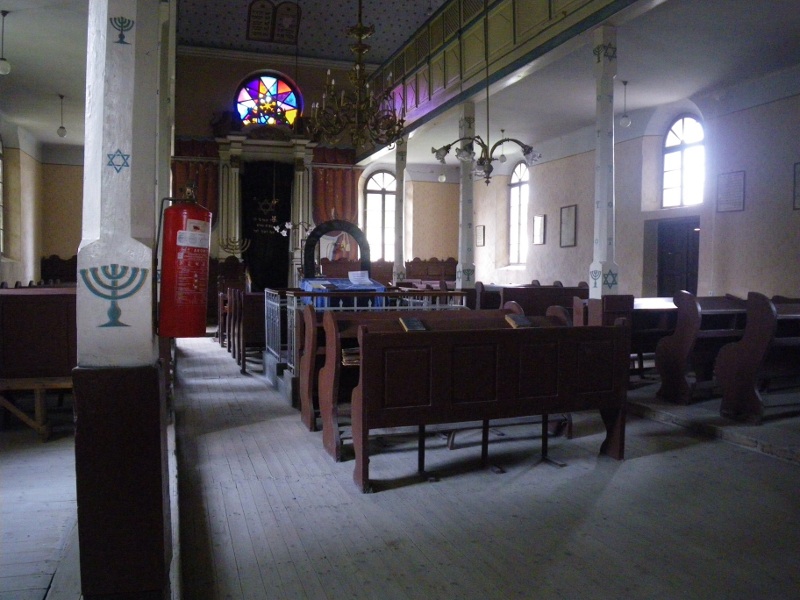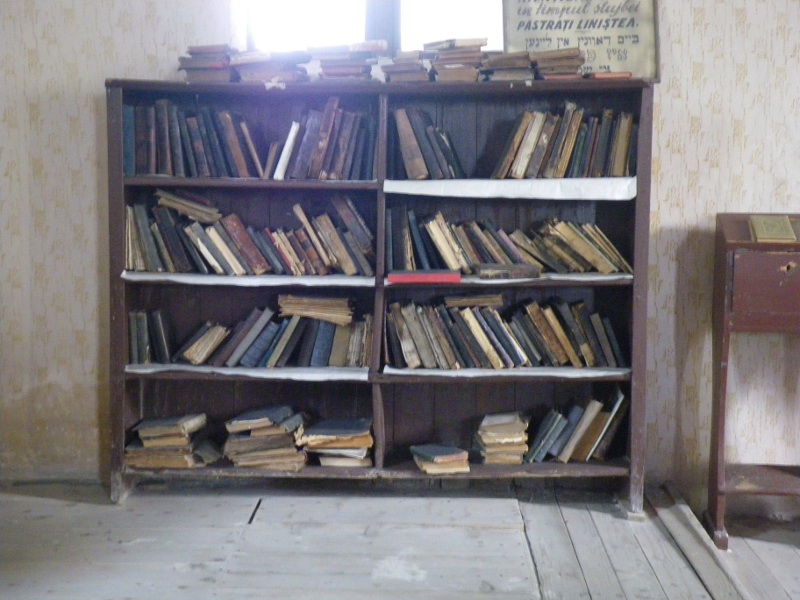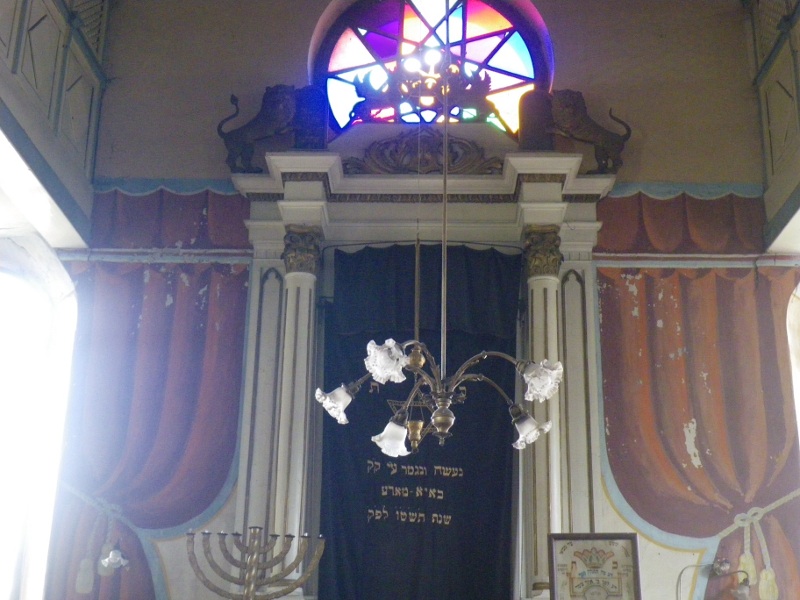Alternate�names: Baia Mare [Rom], Nagyb�na [Hung], Frauenbach [Ger], Baja Mare, Baia-Mare, Nagybanya. 47�40' N, 23�35' E, capital of Maramures judet.
- Nagybanya ve-ha-seviva (Bnei Brak, 1976)
- Gal-'ed le-yahadut Nagy Banya, Nagysomkut, Felsobanya, Kapolnok Monostor veha-sevivah(Tel Aviv, 1996)
- JewishGen Romania SIG
- JewishGen Hungary SIG
Maramures Online [December 2000]
Czernowitz-Epes cemetery information [Mar 2014]
Jewish Bukovina. [Mar 2014]
Synagogue. [Jan 2013]
REFERENCE: Ruth Gruber. Jewish Heritage Travel: A Guide to East-Central Europe. New York: John Wiley & Sons, Inc., 1992. -201, 211
Baia Mare Online. [December 2000]
Virtual Baia Mare. [Mar 2014]
YIVO article. [Mar 2014]
CEMETERY:
photos. [Jan 2013]
Jewish history. [Jan 2013]
photos. [Mar 2014]
Photos courtesy This email address is being protected from spambots. You need JavaScript enabled to view it. [March 2012]
CEMETERY:
US Commission Reference Number RO/MM/03
Alternate Hungarian name: Felsobanya. Located in Maramures County at 47�40' 23�42', approximately 8.7 km. E of Baia Mare. From Baia Mare head approximately 8km in the direction of Baia Sprie. Before entering Baia Sprie proper, there is a road that heads to the left directly across the street from the "Ocul Silvic Baia Sprie" building. A little more than .5 km down on the right hand side of the road is a small footbridge traversing the stream. Cossed the bridge; turn left and walk about fifty meters up the dirt road. The cemetery is clearly visible on the right hand side of this road (the site is also accessible by car by one of two larger bridges either above or below the site).
- LOCAL: Comunitatea Evreilor (Baia Mare), Str. Somesului Nr. 5, 4800 Baia Mare, Jud. Maramures, Romania. Tel: (40-62) 211-231.
- REGIONAL: Comunitatea Evreilor (Bucuresti), Str. Sf. Vineri 9-11, Bucuresti, Tel: (40-1) 157-441.
- Caretaker with key: Vincze Stefan, Strada Ignis #74, 4847 Baia Sprie, Judetul Maramures, Tel: none.
Baia Sprie was not in Maramures County in 1850. 1880 total population: 5758, Jewish: 41. The cemetery that was used by the Jewish community of Baia Sprie (Felsobanya) is located a considerable distance from the center of town. It is in a fenced and isolated hillside orchard attached to the caretaker's house. There are fruit trees within the fence though none of them are in the location of the stones themselves. It is relatively large with about 70 gravestones, the majority of which are large and made of durable stone. Many of the stones have Hungarian inscriptions on the reverse side. The site is well cared for, although many of the stones are leaning. The caretakers would like to repair some of stones that are damaged or in danger of splitting from the effects of weather and time. However, they are desperately in need of funds in order to carry the work out. Istvan Vincze and his wife are the current caretakers, they speak both Hungarian and Romanian. They purchased the house and adjoining gardens about fifteen years ago and know little about the history of the site.
Access to the 683-sq m cemetery is open with permission via a fence with a locking gate. 74 marble, granite, limestone, and sandstone gravestones in cemetery: 5 fallen over, 1 crumbled but half standing, 14 leaning over. The stones are flat-shaped, smoothed and inscribed or with carved relief decoration or double tombstones with traces of paint on their surfaces. Some have cement grave boundaries or cement footings for stones. Most oarinisf the Hebrew and Hungarian inscriptions on the stones are legible. One is half shorn off; and three have faces worn away. Vegetation and water drainage are not a problem. Although surrounded by an orchard, no trees are on the site. The site owner is a private individual. Adjacent property is a village residential setting with nearby homes, gardens, orchards, and pastures. The cemetery is the same size as in 1939. Local residents visit the cemetery. Theft of stones is the primary problem encountered between 1945 and the present. Care includes fixing of wall and gate and clearing vegetation by Jewish groups within the country and local non-Jewish residents. Seasonal clearing by regular unpaid caretaker. Weather erosion is the only threat.
John DeMetrick and Christina Crowder, (formerly of Cluj, they have no further information) completed this survey on 22 April 2000 using a list of cemeteries known by the Jewish Community in Baia Mare. They visited the site on 12 April 2000 and interviewed Vincze Stefan, Strada Ignis #74, 4847 Baia Sprie, Judetul Maramures, Tel: none.
[UPDATE] Photos by Charles Burns [July 2018]
[UPDATE]Â Address is Strada Lebedei 27C. emetery is at the end of the street to the right. There is a house on the premises lived in by an older woman whose late husband was the caretaker. She understands Hungarian but only speaks Romanian. Facing the cemetery, the first house to the left is lived in by a couple in their 30s. The man speaks fluent English and is a member of the Faith Church of Romania. His father is the pastor and lives next door. They are big supporters of Jewish people and he would be very helpful as a translator should one need it to communicate with the caretaker on premises.
Cemetery is protected by tall stone fences and a dog (who was tied up). Condition is good with grass, foliage and trees well under control except in the corners. The area is large with perhaps 500 stones. 95%+ of stones are upright and there appears to be no vandalism. There is a lot of plastic litter thrown over the fence from a neighboring apartment building. The biggest problem, as in most places is the fast deterioration of sandstone or limestone markers, many of which are now illegible and beyond repair. Some of the sandstone ones are fine but need some cleaning or light sanding to be able to read them.
we know that Baia Mare was a younger community in this region with Jews only permitted to live in mining towns somewhat after 1860. As a result, I did not see any stones from before the 1870s. The majority (perhaps 60%) are in Hebrew only but even if in Hebrew, many of those at least give the surname of the person buried there. If you are searching for specific graves, it is highly advisable to have someone in your party who is able to read and decipher Hebrew tombstones. Michael Perl [This email address is being protected from spambots. You need JavaScript enabled to view it.] visited in September 2019.

